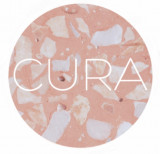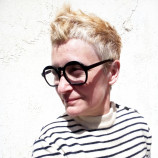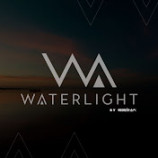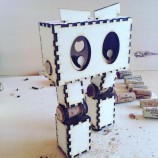Work by Lab Members
SDGS of labProject
Ideas
Fabric: repair or waste workshop at the SDG solution space, University of Geneva, Campus Biotech Geneva. Here are some activities we are planning
- SDG idea wall / all your ideas welcome.
- repair café / reparation
- covid-egg / collaborative weaving project to create a more intime shellter.
- DIY: turn a T shirt in a scarf
- DIY: create a mouthmask
- DIY: bookbinding
- SDG fablab: laser cutter / cut your garment into patterns
- SDG fablab: CRICUT / cut pieces for , branding, decoration or ilustration
- SDG fablab: shredder / fabric brick
extra EXPO of SDGzine 02, work in progress
Jan
France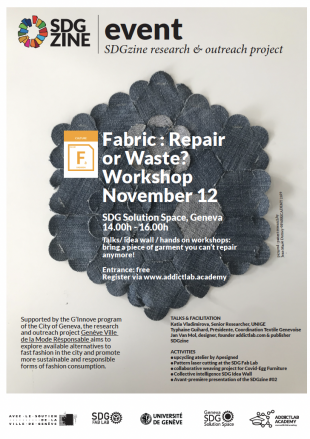
FabBRICK recycle les déchets textiles
Alors étudiante en architecture, Clarisse Merlet, fondatrice de FabBRICK, constate que le domaine de la construction est très polluant et très énergivore, elle décide donc de trouver une alternative qui permet de construire autrement et notamment avec l'utilisation de déchets tels que les bouteilles en plastique, les cartons ou encore les gobelets.
Par la suite, Clarisse se rend compte que le textile, secteur très polluant également, est très peu recyclé alors qu'il possède des propriétés intéressantes pour la construction sachant que le coton est considéré comme un très bon isolant. Elle a alors l'idée de revaloriser les vêtements mis au rebut en en faisant une matière première innovante. En s'appuyant sur les caractéristiques des textiles récupérés, elle conçoit un matériau de construction écologique, design, à la fois isolant thermique et acoustique
Aujourd'hui FabBRICK est le trait d'union vertueux entre ces deux secteurs que sont la construction et le textile.
en briques écologiques et esthétiques
https://www.fab-brick.com
Jan
France
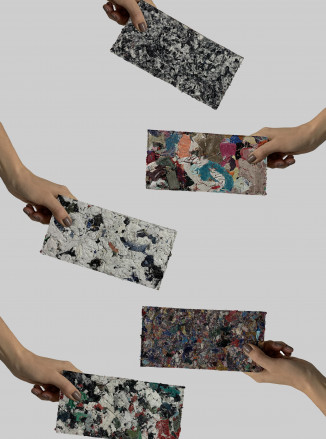
Temari balls are a popular form of art that originated in China and was introduced to Japan in the th century. These carefully hand embroidered balls were often made with the threads of old kimonos.
Grandparents and parents gift them to kids on New Year's Day. Balls sometimes contain secret desires for handwritten children or a rattlesnake. Now the Temari are a very precious gift, which symbolizes friendship and loyalty and wishes good luck.
Stitches can go in any direction on the surface of the ball. They are not limited to up or down, left and right as in stitches on a flat surface.
The drawings of Temaris are typically geometric and symmetrical, with many elements inspired by nature. Its appearance is reminiscent of the patterns of a kaleidoscope.
https://youtu.be/6vAIrSJBSo0 Chiyoe Kubota
Jan
France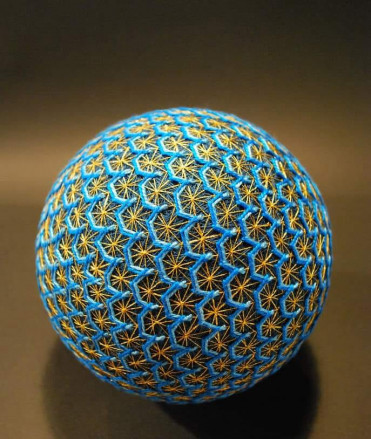
The LEGO Group today announces LEGO® Everyone is Awesome, a set designed to celebrate the diversity of our fans and the world around us. The buildable display model is inspired by the iconic rainbow flag which is used as a symbol of love and acceptance by the LGBTQIA+ community, and features 11 monochrome minifigures each with its own individual hairstyle and rainbow colour.
Set designer Matthew Ashton, Vice President, Design said: “I wanted to create a model that symbolises inclusivity and celebrates everyone, no matter how they identify or who they love. “Everyone is unique, and with a little more love, acceptance and understanding in the world, we can all feel more free to be our true AWESOME selves! This model shows that we care, and that we truly believe ‘Everyone is awesome’!”
The 346-piece model stands 10.24cm tall and has a depth of 12.80cm – a perfect fit for most shelves or window sills. It goes on sale on June 1, to mark the start of Pride Month, and will be available through LEGO.com and LEGO branded stores, with a recommended retail price of 34,99 EUR/USD.
Matthew said that the set was also a celebration of the LGBTQIA+ community within the LEGO Group and amongst the brand’s adult fans.
“I am fortunate to be a part of a proud, supportive and passionate community of colleagues and fans. We share love for creativity and self-expression through LEGO bricks and this set is a way to show my gratitude for all the love and inspiration that is constantly shared.”
Jan
France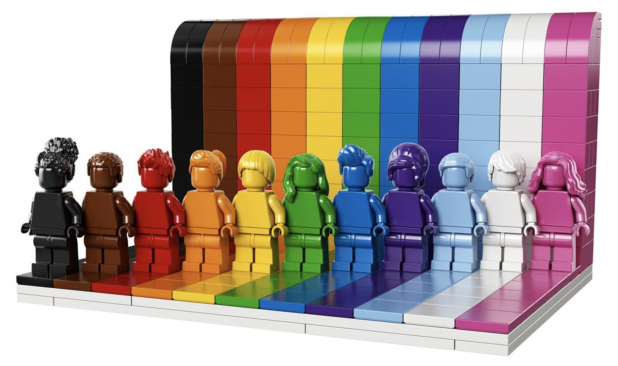


Water Light
Highlights
- The saltwater reacts with the magnesium in the WaterLight that causes a simple chemical reaction that generates electricity
- Two cups of water give the WaterLight enough juice to be powered for around 45 days, based on the kind of usage its users put it through
- In the process, the salt and water get separated. So when the WaterLight is no longer able to illuminate, the water that's remaining in the light can be used for cooking
- E-Dina plans on distributing these lights to other poor coastal regions around the world through nonprofits and government organizations
Engineers from South America have developed WaterLight -- a handheld device that can provide light and electricity with just two cups of saltwater.
E-Dina feels that these lights could replace kerosene or oil-based lamps as they can be charged on something that’s abundantly available to them -- seawater. Members of the Wayuu tribe from the aforementioned peninsula are testing these lights out on boats, enabling them to even fish at night.
How does it work
The saltwater reacts with the magnesium in the WaterLight that causes a simple chemical reaction that generates electricity.
Two cups of water give the WaterLight enough juice to be powered for around 45 days, based on the kind of usage its users put it through, according to Pipe Ruiz, an executive creative director for Wunderman Thompson Columbia, a creative agency that collaborated with E-Dina in the creation of WaterLight.
In the process, the salt and water get separated. So when the WaterLight is no longer able to illuminate, the water that's remaining in the light can be used for cooking.
The light is capable of running for around two to three years which can then be recycled. E-Dina has provided these lights to people in the Guajira Peninsula, a coastal desert at the northernmost tip of South America. The region suffers from poverty and regions don’t really have access to electricity.
Jan
France
Textile shredding and re-use them
What Happens To Shredded Fabric?
Textile shredder at home by FilaMaker
Examples of products made from 100% recycled textile waste

Chaewoon
Switzerland
Earth School was co-created by UNEP and Ted-Ed to provide kids, parents and teachers all over the world with engaging nature-focused content to stay connected to nature during the global covid-19 pandemic, which has seen approximately 1.5 billion children out of school. Earth School takes students on 30 quests, each focused on a different nature related topic. Earth School seeks to inspire such stewardship through its quests, each of which focuses on a different topic and allows us to understand, conceptualize and connect with nature in a different way.
- https://ed.ted.com/earth-school
- https://www.unep.org/explore-topics/education-environment/what-we-do/earth-school
Valentina
Geneva, Switzerland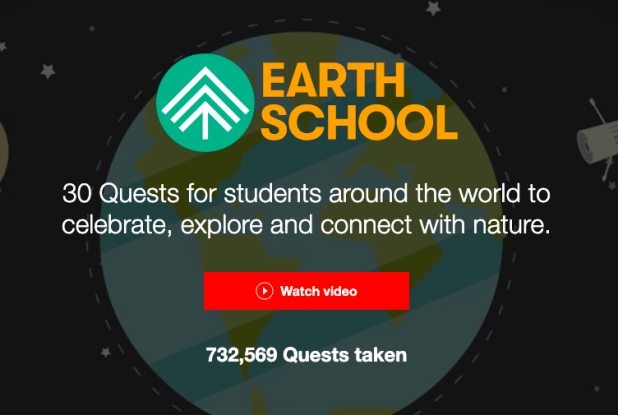
Technovation - Smart Garbage Monitoring System Using Internet of Things (IOT)
One of the main concerns with our environment has been solid waste management which impacts the health and environment of our society. The detection, monitoring and management of wastes is one of the primary problems of the present era. The traditional way of manually monitoring the wastes in waste bins is a cumbersome process and utilizes more human effort, time and cost which can easily be avoided with our present technologies.
This is our solution, a method in which waste management is automated. This is our IoT Garbage Monitoring system, an innovative way that will help to keep the cities clean and healthy.
We post all of our projects on Instructables, a place that lets you explore, document, and share your DIY creations. You can also subscribe to our YouTube Channel Here.

Chaewoon
SwitzerlandiRecycle app from Earth911
Earth911 is an organization that helps people all over the world learn more about recycling. They created the iRecycle app, which helps you find accessible recycling venues in your area, and recommends various ways to recycle materials.
Earth911 has created a community that helps people find their own shade of green, match their values to their purchase behaviors, adopt environmentally sound practices and drive impactful environmental changes. They are dedicated to increasing recycling rates and helping you choose sustainable options to live a happier, healthier lifestyle; one that protects this wonderful planet we call Earth.

Chaewoon
Switzerland
Waste to Energy
OekoSolve - Fine dust filter for wood heating (Electrostatic Precipitators for woody biomass heaters)
OekoSolve develops electrostatic precipitators (ESP) for woody biomass heaters up to 3 MW and the wood chip dryer with an integrated electrostatic precipitator up to 10 MW. The particulate filters, which are based on the electrostatic principle, ensure compliance with the statutory regulations with regard to the maximum permissible particulate matter load for wood combustion systems. The fine dust filters can be used in any wood stoves for pellets, wood chips, and wood logs.
Currently working on the project 'Swiss Fine Dust Filters for Chilean Wood Stoves'

Chaewoon
SwitzerlandJulia Watson. Lo—TEK. Design by Radical Indigenism
Hardcover, Swiss binding, 17 x 24.4 cm, 1.07 kg, 420 pages
In an era of high-tech and climate extremes, we are drowning in information while starving for wisdom. Enter Lo—TEK, a design movement building on indigenous philosophy and vernacular infrastructure to generate sustainable, resilient, nature-based technology. With a foreword by anthropologist Wade Davis and spanning 18 countries from Peru to the Philippines, Tanzania to Iran, this book explores millennia-old human ingenuity on how to live in symbiosis with nature.
Jan
France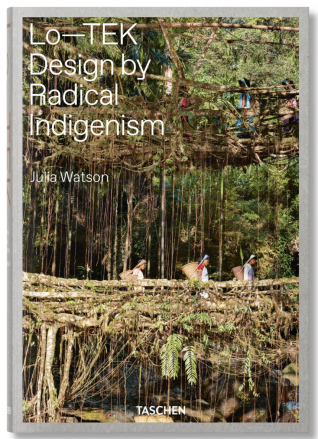
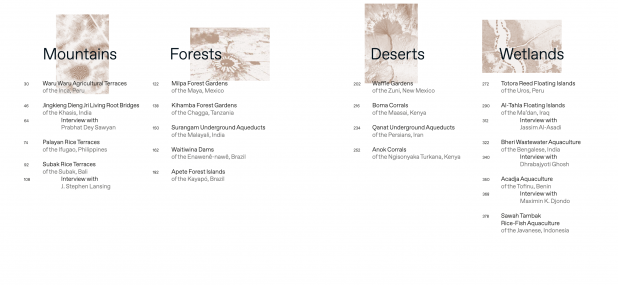
Everyone is a recycler - You can start or join one of these Precious Plastic spaces in your town and start tackling the plastic waste problem. Right now!
Learn more about Precious Plastic spaces
Jan
France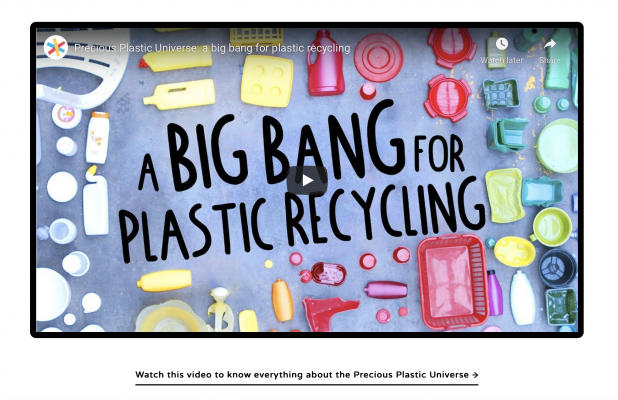
Related Projects
 0
0 - #10086Addictlab Outdoor Academy
- #10084SDG Fab Lab
- #10079SDGzine special school edition
- #10037SDGzine Magazine 01

No Project Fans

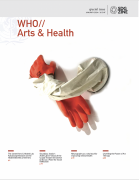
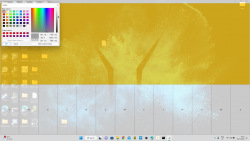
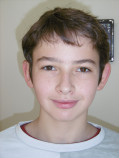

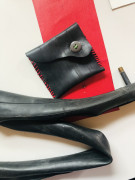

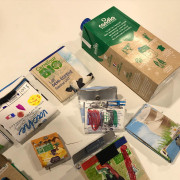

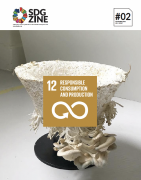
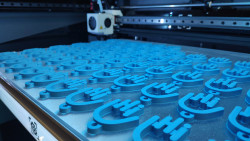
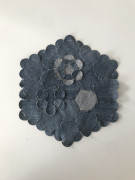

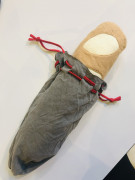
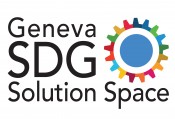










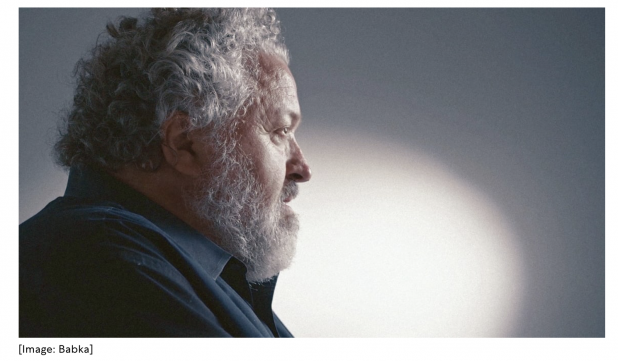






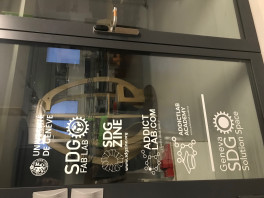

 13
13